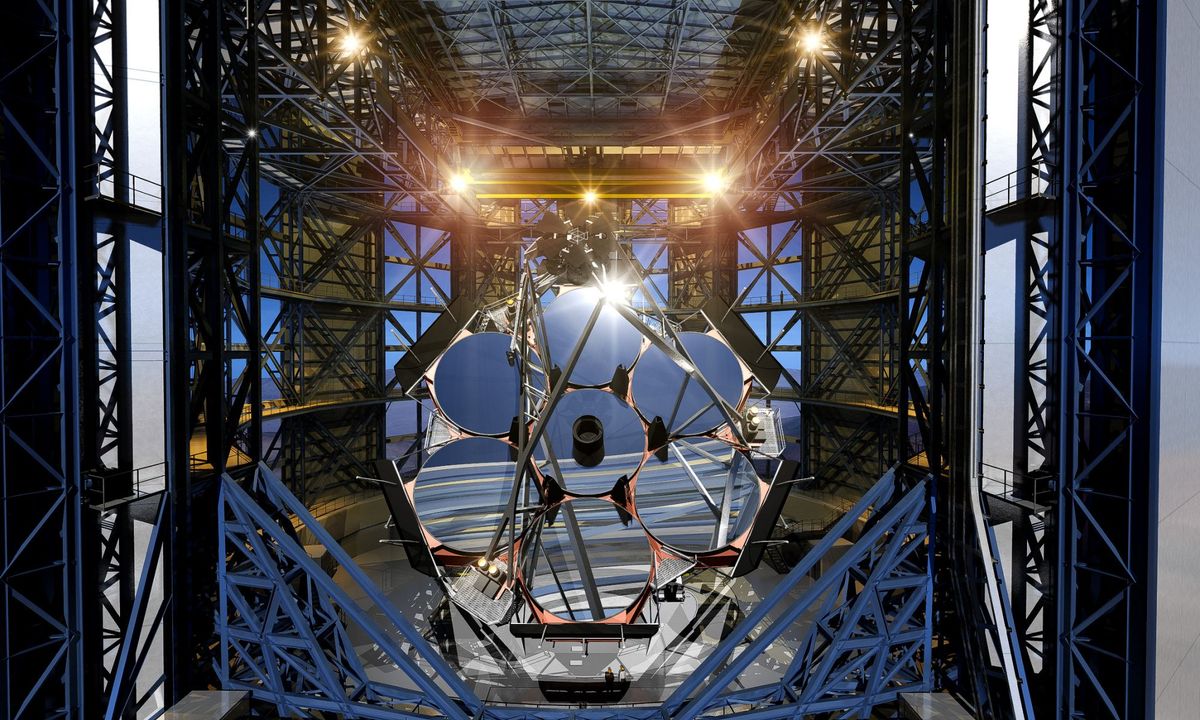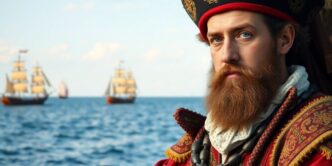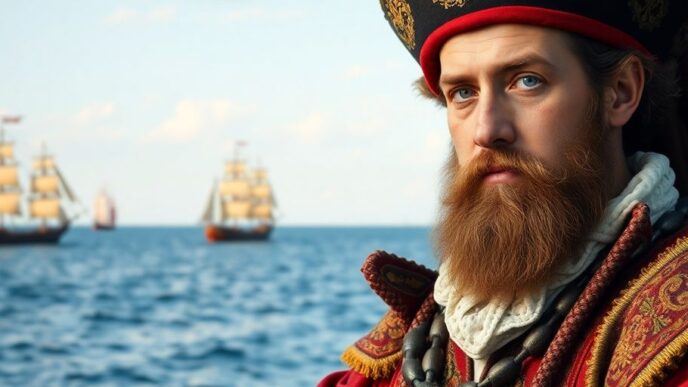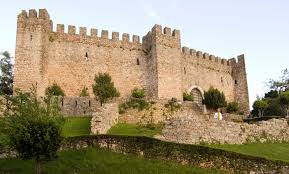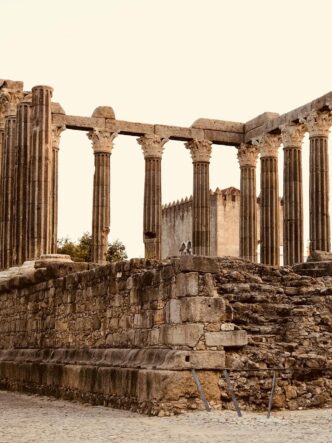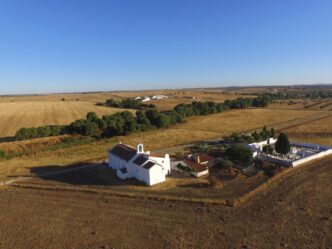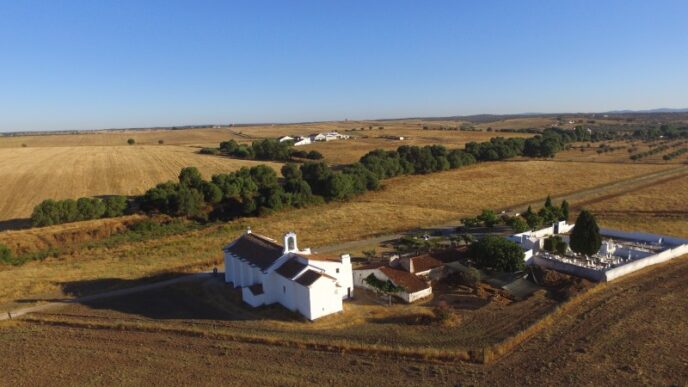Ferdinand Magellan, born in Portugal around 1480, is most renowned for orchestrating the first circumnavigation of the Earth. Despite being Portuguese, he spearheaded a Spanish expedition that changed the course of history. His life, filled with nautical achievements and geopolitical shifts, ended tragically in the Battle of Mactan in 1521. This article delves into the life and enduring legacy of this intrepid explorer whose voyages significantly contributed to the Age of Discovery.
Key Takeaways
- Ferdinand Magellan led the first successful attempt to circumnavigate the globe, highlighting his role as a pivotal figure in the Age of Discovery.
- Despite being Portuguese, Magellan’s most famous voyage was under the Spanish flag after his proposal was rejected by the Portuguese king.
- Magellan’s discovery of the Strait of Magellan and his expedition’s completion of the circumnavigation after his death are his most enduring legacies.
The Life and Legacy of Ferdinand Magellan
Early Years and Portuguese Service
After a significant period of service under the Portuguese flag, Magellan’s ambitions were met with royal indifference. His proposal to reach the Spice Islands by sailing westward was repeatedly rebuffed by King Manuel I of Portugal. This rejection spurred Magellan to renounce his allegiance to Portugal and seek support elsewhere.
In 1517, Magellan’s quest for patronage led him to Spain. There, he found an ally in Diogo Barbosa, whose connections proved invaluable. Magellan’s marriage to Barbosa’s stepdaughter further solidified his position within the Spanish court. With newfound support, he prepared to embark on an unprecedented voyage that would alter the course of history.
Magellan’s shift from Portuguese service to Spanish patronage was a pivotal moment in his career, setting the stage for his historic circumnavigation of the globe.
Switching Allegiance to Spain
Disenchanted with the Portuguese crown, Magellan sought new patronage for his ambitions. His persistent proposals to reach the Spice Islands by sailing westward were repeatedly rebuffed by King Manuel I. This rejection spurred Magellan to renounce his service to Portugal and pledge allegiance to the Spanish throne.
In 1517, Magellan’s fortunes shifted when he presented his plans to Charles I of Spain. Recognizing the potential for new trade routes and territorial claims, the Spanish monarch endorsed Magellan’s venture, setting the stage for one of history’s most significant explorations.
Magellan’s transition to Spanish service was marked by a series of notable events:
- 1517: Magellan arrives in Seville and forms a pivotal alliance with Diogo Barbosa.
- 1518: He marries Barbosa’s daughter, further cementing his ties to Spain.
- 1519: Granted the title of Commander of the Order of Santiago, Magellan leads the Armada de Molucca from Sanlucar de Barrameda.
The switch in allegiance was not without its challenges. Magellan faced skepticism and resistance within the Spanish court, and his fleet was plagued by storms and mutinies. Yet, his determination remained unshaken, propelling him toward the historic voyage that would forever alter the course of navigation and global trade.
The Historic Voyage of 1519
On August 20, 1519, the Magellan-Elcano expedition embarked on a groundbreaking journey from the port of Sanlucar de Barrameda in Seville. The fleet, comprising five ships and approximately 270 men, set sail with the ambitious goal of finding a western sea route to the Spice Islands. This multinational crew faced the unknown, driven by the promise of adventure and wealth.
The voyage was marked by numerous challenges, including treacherous seas, unpredictable weather, and the complexities of navigating uncharted territories. Despite these obstacles, the expedition achieved significant milestones:
- Discovery of the Strait of Magellan
- First European crossing of the Pacific Ocean
- Arrival in the Philippines, where Magellan met his fate
The journey not only tested the limits of human endurance and maritime navigation but also laid the groundwork for future explorations and global trade.
Upon completion, the Victoria emerged as the sole survivor of the fleet, etching its name in history as the first ship to circumnavigate the globe. This monumental feat was a testament to the tenacity and skill of the sailors, forever changing the course of exploration.
Demise in the Battle of Mactan
On the morning of April 27, 1521, Ferdinand Magellan met his end on the shores of Mactan Island. The conflict, known as the Battle of Mactan, pitted Spanish forces against the native warriors led by the chieftain Lapulapu. Despite their advanced weaponry, Magellan’s men were overwhelmed by the fierce resistance.
Magellan himself was struck by a bamboo spear, a pivotal moment that led to his downfall. Surrounded and outnumbered, he succumbed to the onslaught of weapons wielded by Lapulapu’s forces. This encounter not only marked the end of Magellan’s life but also served as a significant event in the history of the Philippines, with Lapulapu emerging as a symbol of resistance to colonialism.
The demise of Magellan did not halt the expedition. Leadership passed to Juan Sebastián Elcano, who would eventually complete the historic circumnavigation.
The table below summarizes key details of Magellan’s final battle:
| Date | Location | Opponent | Outcome |
|---|---|---|---|
| April 27, 1521 | Mactan Island | Lapulapu’s forces | Magellan killed |
Magellan’s death underscored the perilous nature of exploration during the Age of Discovery. His voyage, although marred by his demise, paved the way for future expeditions and the eventual mapping of the globe.
Magellan’s Contributions to the Age of Discovery

Discovery of the Strait of Magellan
The discovery of the Strait of Magellan was a pivotal moment in the Age of Discovery. This navigable sea route, separating mainland South America and Tierra del Fuego, was first sailed by Magellan in 1520. It represented not just a geographical breakthrough but also a strategic maritime passage that would facilitate future expeditions and trade routes.
The Strait of Magellan effectively linked the Atlantic and Pacific oceans, proving instrumental in the expansion of European exploration and commerce. Its discovery underscored the vastness of the Earth and the potential for new sea routes, challenging previous maritime boundaries.
The successful navigation of the strait was a testament to Magellan’s skill as a navigator and his determination to find a westward route to the Spice Islands.
The climate of the region, often harsh and unpredictable, posed significant challenges to Magellan and his crew. Despite these conditions, the passage through the strait marked a turning point in the circumnavigation attempt, setting the stage for the subsequent crossing of the Pacific Ocean.
First European Pacific Ocean Crossing
Ferdinand Magellan’s expedition achieved a monumental feat in human exploration by completing the first European crossing of the Pacific Ocean. This unprecedented journey marked a pivotal moment in the Age of Discovery, altering maritime trade routes and expanding the geographical knowledge of the known world.
- The expedition set sail from the Atlantic, entering the Pacific through the newly discovered Strait of Magellan.
- The vastness of the Pacific was underestimated; the crossing was marred by extreme hardships, including scarcity of food and fresh water.
- Despite the challenges, Magellan’s fleet managed to reach the Philippines, establishing the first European contact with the archipelago.
The successful Pacific crossing by Magellan’s fleet underscored the navigational prowess of the era and the unyielding human spirit in the face of the unknown.
The Circumnavigation and its Aftermath
The completion of the first circumnavigation of the globe is a testament to human determination and navigational skill. The Victoria, the only surviving ship of Magellan’s fleet, managed to return to Spain, marking an unprecedented achievement in maritime history. This journey proved that the world was indeed round and that the oceans were interconnected.
The aftermath of the circumnavigation had profound implications. It paved the way for future maritime exploration and altered the European perception of the world. The success of the voyage also had economic repercussions, as it demonstrated the feasibility of establishing a western route to the Spice Islands, which was crucial for trade.
The circumnavigation set a precedent for global exploration and trade, reshaping the economic and political landscapes of the time.
The crew that completed the journey faced numerous challenges, including the need to navigate back to Spain while avoiding Portuguese capture. The two remaining ships of the expedition took different paths: one unsuccessfully attempted to reach New Spain by sailing east across the Pacific, while the other, under the command of Juan Sebastián Elcano, sailed west via the Indian Ocean, rounding the Cape of Good Hope, and finally arriving in Spain.
- The Victoria’s return to Spain
- Avoidance of Portuguese capture
- Different paths taken by the remaining ships
- Elcano’s leadership in the final leg of the journey
Magellan’s Place in History
Ferdinand Magellan’s contributions to exploration were monumental, shaping the Age of Discovery and altering the world’s understanding of geography. His supreme accomplishment was the discovery and crossing of the South American strait that bears his name—a major navigational task. Magellan’s expedition set numerous precedents, including the first European crossing of the Pacific Ocean and initiating the era of global maritime trade routes.
Magellan’s legacy extends beyond his navigational feats, influencing both historical and modern navigation, trade, and cultural exchange.
While Magellan did not live to complete the circumnavigation, his expedition achieved this historic milestone, forever enshrining his name in the annals of exploration. The voyage underscored the vastness of the Earth and the potential for human endurance and determination in the face of the unknown.
Conclusion
Ferdinand Magellan’s legacy as a pivotal figure in the Age of Discovery is firmly cemented in history. His ambitious and daring voyage marked the first circumnavigation of the Earth, forever altering our understanding of the world’s geography and the possibilities of global exploration. Despite the tragic end to his life during the Battle of Mactan, Magellan’s expedition achieved monumental feats, including the discovery of the Strait of Magellan and the first European crossing of the Pacific Ocean. His journey not only opened up new maritime trade routes but also set the stage for future explorations and intercontinental connections. Magellan’s story is a testament to the indomitable human spirit and the relentless pursuit of knowledge, even in the face of insurmountable odds.
Frequently Asked Questions
Who was Ferdinand Magellan?
Ferdinand Magellan was a Portuguese explorer best known for planning and leading the first circumnavigation of the Earth under the Spanish flag. He was born around 1480 in Portugal and died in 1521 in the Philippines.
What were Magellan’s key contributions to the Age of Discovery?
Magellan’s key contributions include the discovery of the Strait of Magellan, the first European crossing of the Pacific Ocean, and initiating the first circumnavigation of the globe, which was completed by his crew after his death.
How did Ferdinand Magellan die?
Ferdinand Magellan died in the Battle of Mactan on April 27, 1521. He was killed by local warriors in the Philippines after being struck by a bamboo spear and subsequently surrounded and finished off with other weapons.

